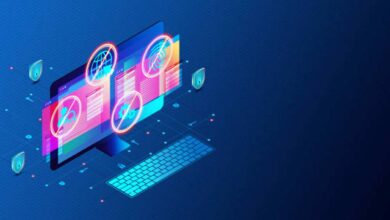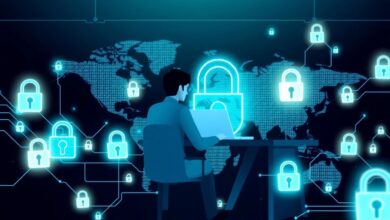
The integration of Dai and tokenization often comes with its challenges and risks that need to be overcome. In this article, we explore the potential of Dai and tokenization in unlocking the value of real-world assets while addressing the obstacles that lie ahead. Before we get to integration of Dai and tokenization, check out Trade Today which connects crypto trading and automation.
The Integration of Dai and Tokenization
The integration of Dai and tokenization represents a groundbreaking development in the world of finance. By combining the stability and reliability of Dai with the transformative power of tokenization, new possibilities emerge for unlocking the value of real-world assets.
Dai, a decentralized stablecoin built on the Ethereum blockchain, provides a unique solution for creating a stable digital currency. Its value is pegged to the US dollar through a system of smart contracts and collateralized debt positions. This stability makes Dai an ideal candidate for facilitating the tokenization of real-world assets.
Tokenization, on the other hand, involves representing real-world assets as digital tokens on a blockchain. This process allows for fractional ownership, increased liquidity, and enhanced accessibility. By tokenizing assets such as real estate, artwork, or commodities, their value can be unlocked and made more easily tradable.
The integration of Dai and tokenization opens up a range of possibilities across various industries. For example, in the real estate sector, tokenization allows for the fractional ownership of properties, making real estate investment more accessible to a broader range of investors. Additionally, tokenization can simplify the process of transferring ownership and reduce administrative burdens.
Another industry that can benefit from the integration of Dai and tokenization is art and collectibles. By tokenizing artworks, collectibles, or rare assets, ownership can be easily transferred and verified. This not only improves liquidity but also opens up new avenues for investment and trading.
Furthermore, the integration of Dai and tokenization has the potential to revolutionize supply chain management. By tokenizing goods and assets in the supply chain, transparency and traceability can be significantly improved. This enables better inventory management, reduces the risk of counterfeit products, and enhances consumer trust.
However, it’s important to acknowledge that the integration of Dai and tokenization is not without its challenges. Regulatory considerations play a crucial role in ensuring compliance and consumer protection. Different jurisdictions have varying regulations regarding tokenized assets, and navigating this landscape requires careful attention.
Additionally, there are risks associated with the use of Dai and tokenization, including technical vulnerabilities, smart contract bugs, and market volatility. Mitigation strategies, such as thorough auditing, security measures, and risk assessment, need to be implemented to address these risks effectively.
Overcoming Challenges and Risks
One of the main challenges in the integration of Dai and tokenization lies in regulatory considerations. The legal and regulatory frameworks surrounding tokenized assets vary across jurisdictions. It is essential to navigate this landscape carefully and ensure compliance with relevant laws and regulations. Working closely with regulators and legal experts can help establish a clear framework for tokenized assets, fostering trust and confidence among investors and stakeholders.
Another challenge is the potential risks associated with Dai and tokenization. As with any emerging technology, there are inherent risks that need to be addressed. Smart contract vulnerabilities, technical glitches, and market volatility are some of the risks that can arise. Conducting thorough security audits, implementing robust risk management practices, and staying updated with the latest security measures are essential steps to mitigate these risks effectively.
Moreover, the integration of Dai and tokenization requires educating and raising awareness among potential users and investors. Many individuals and businesses may not be familiar with the concept of tokenization or the benefits it offers. Providing clear and accessible information about the advantages, risks, and potential use cases of Dai and tokenization is crucial for widespread adoption. This can be done through educational initiatives, industry collaborations, and targeted marketing efforts.
Furthermore, interoperability between different blockchain networks and platforms is an important aspect to consider. Tokenization may involve multiple blockchains and protocols, and ensuring seamless integration and transferability of assets across these platforms can be challenging. Developing standardized protocols and fostering collaboration among blockchain projects can facilitate interoperability and streamline the tokenization process.
Conclusion
The integration of Dai and tokenization holds immense potential for transforming traditional finance and unlocking the value of real-world assets. While challenges such as regulatory considerations and risks exist, proactively addressing them can pave the way for widespread adoption and innovation. By harnessing the power of Dai and tokenization, we can democratize investment opportunities and reshape the way we perceive and interact with real-world assets.







